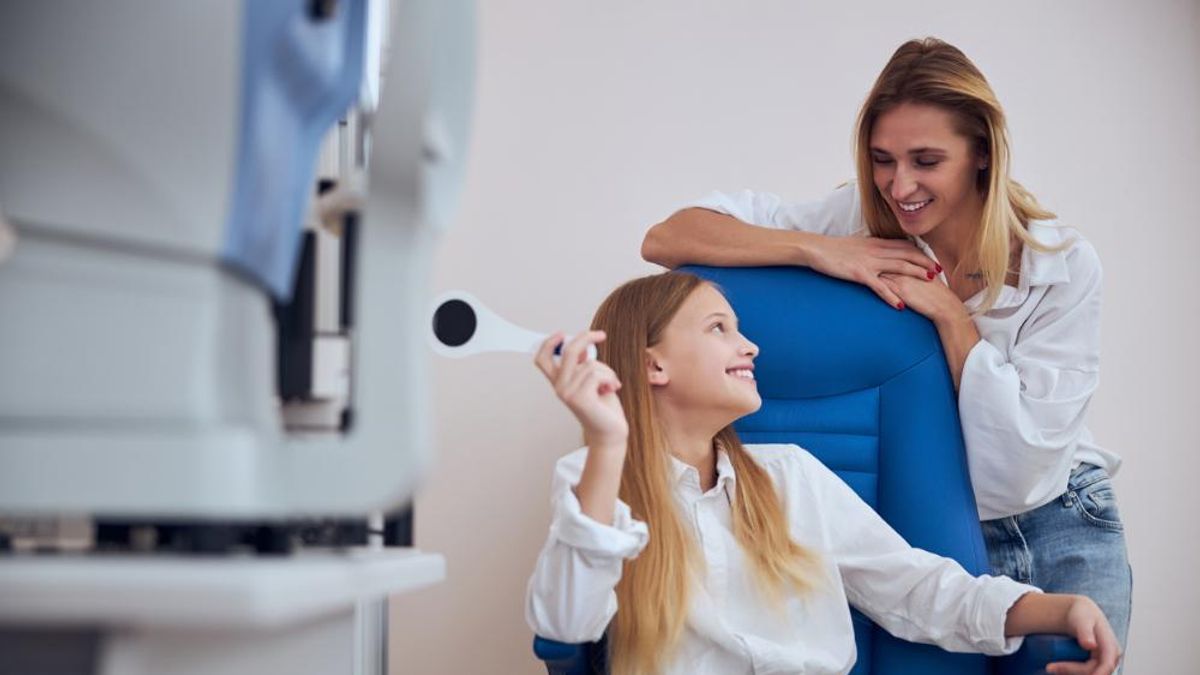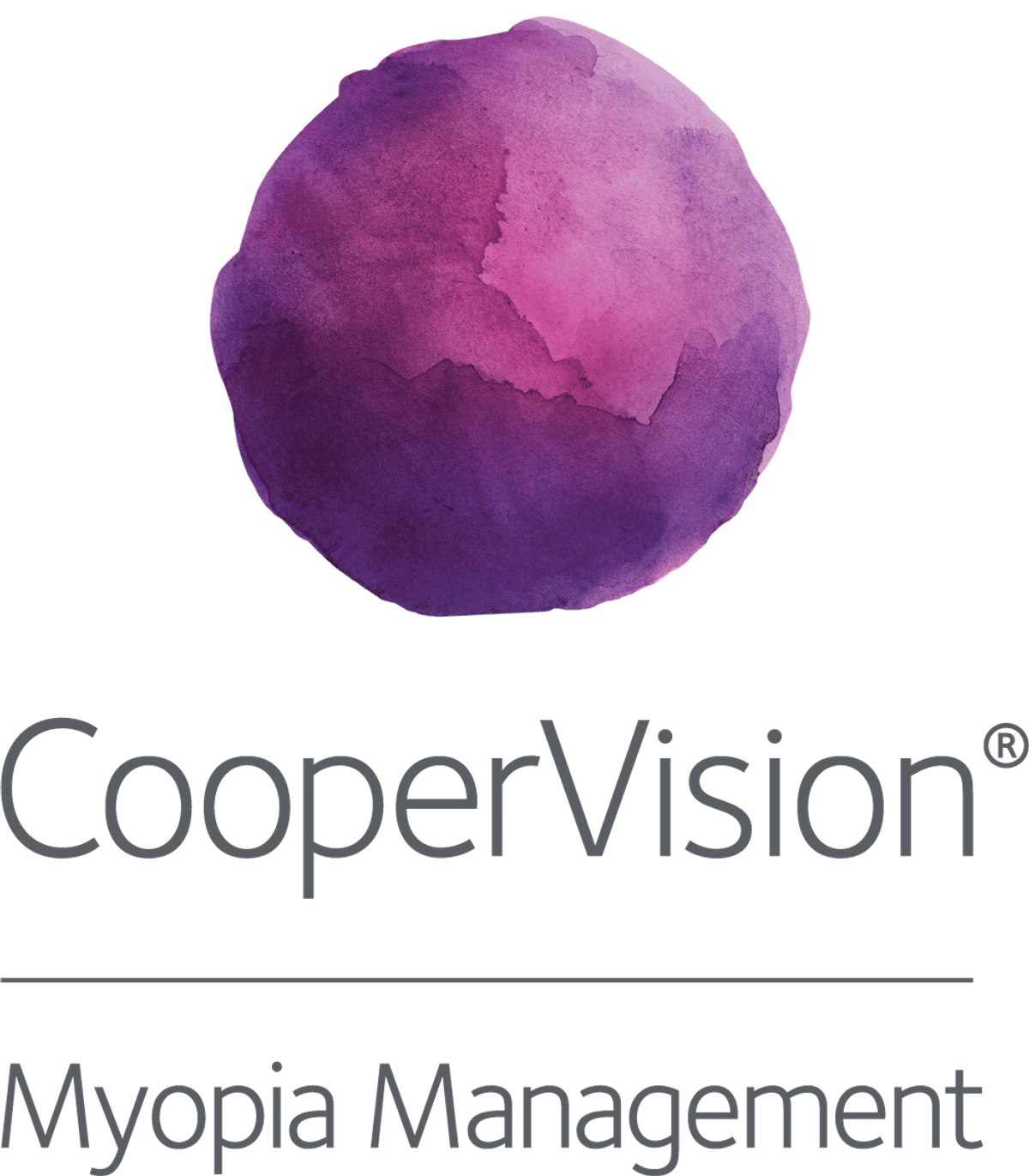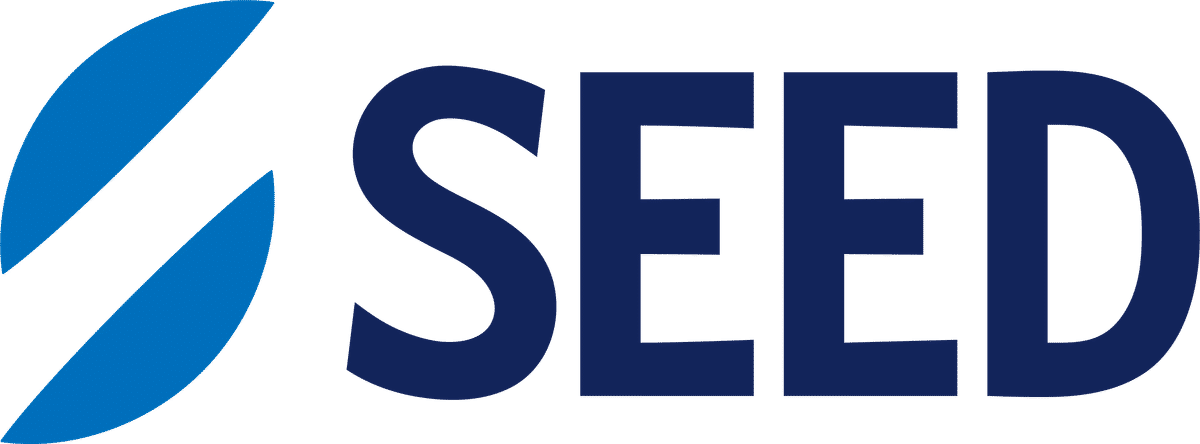Clinical
Candid conversations on Myopia Management – Q&A with Professor Ian Flitcroft and Professor Nicola Logan

Sponsored by
In this article:
We speak to Professor Ian Flitcroft and Professor Nicola Logan about the importance of clear communication, critical appraisal of research, and practical, evidence-based approaches to managing childhood myopia in clinical practice.
- Communicating the risks of progressive myopia
- Risk of myopia control vs untreated myopia
- Managing potential side effects
- Evidence for low-dose atropine in myopia control
- Interpreting industry-funded research
- Evaluating short-duration myopia studies
- The effectiveness of traditional myopia control methods
- Managing myopia without axial length measurement
Myopia is no longer seen as a simple refractive condition—it is a significant public health concern with long-term implications for vision and eye health.
Professor Ian Flitcroft, paediatric ophthalmologist and Co-Founder and Chief Innovation Officer of Ocumetra; and Professor Nicola Logan, Director of Research for the Optometry and Vision Science Research Group at Aston University, share candid perspectives on the risks of myopia, the evidence behind current interventions, and the critical role of communication in advancing myopia management.
Q: Some downplay the risks of progressive myopia. How should clinicians communicate these risks to patients and colleagues?
Progressive myopia is not a benign refractive condition, we know it’s associated with an increased risk of sight-threatening ocular pathology, including myopic maculopathy, retinal detachment, glaucoma, and cataract, in later life.
When speaking with families, it is important to use language that is accessible and reassuring, while still conveying the seriousness of the condition. Visual aids and analogies can help illustrate the long-term implications of uncontrolled myopia progression. Emphasising that myopia control is a preventive strategy and not simply about reducing the need for spectacles, can help parents understand the value of early intervention. Another important point to convey is that because myopia tends to progress over time, our goal is to reduce the frequency with which a child’s spectacle prescription needs to be updated to a stronger one. Many parents find this aspect particularly relatable, as they’ve often experienced the frustration of frequent prescription changes and the associated costs and concerns. Discussing myopia in terms of slowing this progression helps families understand the practical benefits of treatment in everyday terms.
With colleagues, particularly those who may underestimate the risks, sharing current evidence and consensus guidelines is essential. Presenting myopia management within the context of long-term ocular health and public health burden reinforces its clinical importance.
Ultimately, transparent and informed communication is key. By acknowledging the risks and presenting the benefits of intervention, clinicians can support families in making proactive decisions. The goal is to shift the narrative from passive correction to active management thus ensuring better visual outcomes for children over their lifetime.
Q: How do the risks of myopia control interventions compare to the risks of untreated myopia?
When comparing the potential risks of a myopia control intervention against the risks of untreated myopia, it is more effective to contrast the benefits of myopia management to the potential risks of any intervention. The higher the degree of myopia a child develops, the greater the risk of serious and irreversible ocular complications later in life.
The optimal risk-benefit comes from the most effective treatment with the lowest level of risk. The risks associated with established myopia control treatments are generally mild and manageable. Low-dose atropine eye drops have been shown in multiple randomized controlled trials to slow progression, to a degree, with minimal side effects, limited largely to mild light sensitivity or near blur that is dose-dependent and reversible on stopping treatment.
Another consideration is what treatment is going to be acceptable and actually used by the child. Therefore, the best balance of benefits and risks can be obtained by choosing lowest risk treatment that best suits the lifestyle and interests of the parents and the child.
Q: Side effects of treatments like reduced contrast sensitivity and halos are often cited as concerns. How significant are these clinically?
While visual side effects such as reduced contrast sensitivity and halos are often raised in discussions around myopia control treatments, the clinical impact of these effects is typically modest and well tolerated. Optical interventions, such as myopia control spectacle lenses, dual-focus and multifocal soft contact lenses and orthokeratology, can produce mild disturbances like halos around lights or ghosting of high-contrast text, particularly under low-light conditions. These effects are largely attributable to the optical design required to induce peripheral defocus.
However, the evidence, from multiple studies, consistently shows that children adapt quickly to these lens designs, and such symptoms rarely result in discontinuation when expectations are clearly communicated.
Clinicians must weigh these transient visual experiences against the long-term benefits of slowing axial elongation and reducing the risk of future ocular pathology. With atropine therapy, side effects such as photophobia and near blur are dose-dependent and significantly reduced at lower concentrations (e.g., 0.05%), which still provide meaningful efficacy.
Ultimately, transparent communication with families to acknowledge potential side effects while emphasising the protective value of treatment, is key to promoting adherence with the treatment. The clinical significance of these side effects is minor when compared to the lifelong benefits of myopia control.
Q: What is the current evidence base for low-dose atropine as a myopia control intervention?
Low-dose atropine has one of the strongest evidence bases among myopia control interventions in terms of the number of trials, but the results vary by concentration and population. This has certainly led to a rather confusing picture. Multiple randomized controlled trials, most notably the LAMP study in Hong Kong,
Another complicating factor is the variability of the preparations that have been studied. Comparison of the impact on pupil size and accommodation definitely indicate that not all 0.01% preparations are equal in terms of intra-ocular impact. No peer review publication has yet appeared for the preparation approved by the EMA, so that should hopefully help to clarify what remains a rather muddled picture for low dose atropine in myopia.
Q: Industry-funded research is sometimes questioned. How should clinicians interpret these studies?
Clinicians should interpret industry-funded research with a balanced and pragmatic view. While it is essential to recognise the potential for bias, it is equally important to acknowledge the vital contribution such research makes to the advancement of clinical practice. This is very evident in fields like myopia control, where large-scale, longitudinal studies are both costly and operationally demanding. In many cases, these studies would simply not be possible without industry support, as academic and public funding rarely stretch to meet the scale and duration required for robust data generation. Additionally, industry-funded trials are subject to a level of external oversight, typically involving independent monitors who ensure compliance with regulatory standards, protocol adherence, and data integrity. This layer of accountability is not always a feature of academic-led trials, adding an additional safeguard to the credibility of the findings.
Rather than dismissing industry-funded studies outright, clinicians should evaluate them critically. Attention should be given to the rigour of the study design with key considerations being randomisation, masking and appropriate control groups as well as relevance of outcomes, transparency in reporting, and the strength of the statistical analyses. Disclosure of funding and potential conflicts of interest must be considered but should not automatically undermine the integrity of the findings.
Importantly, when industry-funded findings align with independent research and clinical experience, confidence in their validity strengthens. Peer-reviewed publication in reputable journals adds further credibility.
Industry-funded studies often drive innovation and provide early evidence for new interventions. By critically appraising these studies, rather than rejecting them, clinicians can make informed, evidence-based decisions that balance scientific integrity with real-world feasibility and patient benefit.
Q: Myopia studies are often criticized for being too short. What should clinicians look for when evaluating research?
It is true that myopia control studies are always shorter than the natural history of myopia progression which may continue for 5-10 years. Clinicians should therefore look carefully at several aspects when interpreting research. First, the length of follow-up matters: a minimum of two years follow up on treatment is a good threshold. A strong argument for this minimum length is that the second year of treatment often shows less benefit than the first. All the major trials have met this two-year standard and many have extended out to three years of active treatment. Another important aspect of myopia studies is whether the possibility of rebound, which is defined as an acceleration of myopic progression above that expected in untreated children, has been included in the study design. This first came about from early atropine studies, and again is a feature of most well-cited trials in this area, but there is some debate whether that is still needed in optical therapies, which have generally shown no evidence of rebound. Fourth, study design features such as randomized allocation, masking, adequate sample size, and appropriate control groups are critical for reliable interpretation. Another aspect of clinical studies that sometimes gets overlooked are the inclusion criteria and drop out. The inclusion criteria are important when considering how relevant the results of a trial are the patient you are treating. A high drop-out rate in a trial is concerning in terms of the tolerability of a treatment and can also lead to misleading results if, for example, participants in the control group are leaving due to fast progression and being offered a myopia control treatment outside of the trial. Most importantly I would encourage clinicians to read the final trial publications, they are nearly all open access, rather than just believe what they are told!
Q: Are traditional methods to slow myopia such as outdoor time, maintaining reading distance, taking breaks, and ensuring good lighting enough?
As clinicians, we rightly place emphasis on traditional good visual habits such as ensuring children have clear and comfortable vision through accurate, up-to-date prescriptions;
However, when we are faced with cases of progressive myopia, these behavioural approaches alone are insufficient. While they remain important as part of a broader management plan, they do not offer the level of efficacy required to meaningfully slow axial elongation. Outdoor time, for instance, has shown strong evidence in delaying the onset of myopia, likely due to increased light exposure and greater dioptric distance. However, once myopia has begun, the evidence regarding its ability to slow progression is equivocal. Similarly, good reading habits and lighting may reduce asthenopia symptoms, but they don’t directly address axial elongation and myopia progression.
Therefore, in children who have developed myopia, clinical intervention for myopia control becomes essential. Evidence-based treatments such as myopia control spectacle or contact lenses, orthokeratology, and low-dose atropine have demonstrated efficacy in slowing axial growth. These options should be considered the foundation for myopia management, while traditional methods serve as supportive lifestyle modifications. It should be noted that the optical interventions both correct the myopia and slow progression whereas a child using atropine will also need to have their vision corrected with spectacles or contact lenses.
In practice, we must move beyond simply correcting refractive error and adopt a proactive, multifaceted approach. Educating families about the limitations of traditional habits and the importance of targeted treatment can make all the difference in preserving long-term ocular health.
Q: Some clinicians may think they cannot manage myopia due to lack of biometry. Can clinicians use axial length estimators to help monitor myopia?
Axial length is certainly a critical aspect of myopia management and of clinical trials but should not be considered a barrier to myopia management in practice. You don’t need to know a child’s axial length to fit them with any treatment and clinicians can take reassurance that currently licenced myopia control products are all approved for myopia control not axial length control. The clinical trials in this area have all shown that myopic progression in children correlates closely with axial elongation,
I would therefore recommend that clinicians dip their toes in the water of myopia management by choosing one treatment that fits their practice and just start with refraction monitoring. As your myopia management service grows, as it certainly will, start thinking about how you might be able to budget for one of these devices. In the meantime, axial length estimation is a great way of starting to think about axial length and increase your understanding of what is normal for different age children. It is important to use a formula or webapp that includes age and sex into the calculations. Girls of all ages have eyes that are about 0.5mm shorted than boys.
Availability of interventions with regulatory indications to slow progression of myopia varies by country.
Meet the Authors:
About Professor Nicola Logan
Professor Nicola Logan is the Associate Dean for Research & Enterprise for the School of Optometry at Aston University, Birmingham, UK. She has worked in the field of myopia research for 30 years and her current research involves mechanisms of myopia development and myopia control strategies. Nicola leads the myopia research centre and myopia clinics at the university. She was awarded a Life Fellowship of The College of Optometrists, UK in 2024 for her contribution to optometry research and education.
About Professor Ian Flitcroft
Professor Ian Flitcroft is a paediatric ophthalmologist and leading expert in myopia research, with over 25 years of experience in clinical care, research, and innovation. As Co-Founder and Chief Innovation Officer of Ocumetra, he pioneers big data solutions for myopia management. Recognized as a Top Global Myopia Influencer in 2021 and named in The Ophthalmologist 's Power List 2025, Ian is dedicated to advancing myopia control through science, technology, and education, shaping the future of paediatric eye care.
This content is brought to you thanks to an educational grant from
References
- Bullimore MA, Ritchey ER, Shah S, et al. The Risks and Benefits of Myopia Control. Ophthalmology. Nov 2021;128(11):1561-1579. [link]
- Bullimore MA, Brennan NA. Myopia Control: Why Each Diopter Matters. Optom Vis Sci. Jun 2019;96(6):463-465. [link]
- Flitcroft DI. The complex interactions of retinal, optical and environmental factors in myopia aetiology. Prog Retin Eye Res. Nov 2012;31(6):622-60. [link]
- Yam JC, Jiang Y, Tang SM, et al. Low-Concentration Atropine for Myopia Progression (LAMP) Study: A Randomized, Double-Blinded, Placebo-Controlled Trial of 0.05%, 0.025%, and 0.01% Atropine Eye Drops in Myopia Control. Ophthalmology. Jan 2019;126(1):113-124. [link]
- Wei S, Li SM, An W, et al. Safety and Efficacy of Low-Dose Atropine Eyedrops for the Treatment of Myopia Progression in Chinese Children: A Randomized Clinical Trial. JAMA Ophthalmol. Nov 2020;138(11):1178-1184. [link]
- Bullimore MA, Johnson LA. Overnight orthokeratology. Cont Lens Anterior Eye. Aug 2020;43(4):322-332. [link]
- Hiraoka T. Myopia Control With Orthokeratology: A Review. Eye Contact Lens. Mar 2022;48(3):100-104. [link]
- Gifford KL. Childhood and lifetime risk comparison of myopia control with contact lenses. Cont Lens Anterior Eye. Feb 2020;43(1):26-32. [link]
- Chen Y, Xiong R, Yang S, et al. Safety of repeated low-level red-light therapy for myopia: A systematic review. Asia Pac J Ophthalmol (Phila). Nov 2025;13(6):100124. [link]
- Richards J, Hunter JJ, Gantes-Nuñez J, et al. Radiometric and safety assessment of a 'low-level red-light' myopia control device. Ophthalmic Physiol Opt. Sep 2025. [link]
- Kollbaum PS, Jansen ME, Tan J, et al. Vision performance with a contact lens designed to slow myopia progression. Optom Vis Sci. Mar 2013;90(3):205-14. [link]
- Chamberlain P, Peixoto-de-Matos SC, Logan NS, et al. A 3-year Randomized Clinical Trial of MiSight Lenses for Myopia Control. Optom Vis Sci. Aug 2019;96(8):556-567. [link]
- Yam JC, Zhang XJ, Zhang Y, et al. Three-Year Clinical Trial of Low-Concentration Atropine for Myopia Progression (LAMP) Study: Continued Versus Washout: Phase 3 Report. Ophthalmology. Mar 2022;129(3):308-321. [link]
- Zadnik K, Schulman E, Flitcroft DI, et al. Efficacy and Safety of 0.01% and 0.02% Atropine for the Treatment of Pediatric Myopia Progression Over 3 Years: A Randomized Clinical Trial. JAMA Ophthalmol. Oct 2023;141(10):990-999. [link]
- Repka MX, Weise KK, Chandler DL, et al. Low-Dose 0.01% Atropine Eye Drops vs Placebo for Myopia Control: A Randomized Clinical Trial. JAMA Ophthalmol. Aug 2023;141(8):756-765. [link]
- Loughman J, Kobia-Acquah E, Lingham G, et al. Myopia outcome study of atropine in children: Two-year result of daily 0.01% atropine in a European population. Acta Ophthalmol. May 2024;102(3):e245-e256. [link]
- McCrann S, Flitcroft DI, Strang NC, et al. Myopia Outcome Study of Atropine in Children (MOSAIC): an investigator-led, double-masked, placebo-controlled, randomised clinical trial protocol. HRB Open Res. Nov 2025;2:15. [link]
- Logan NS, Wolffsohn JS. Role of un-correction, under-correction and over-correction of myopia as a strategy for slowing myopic progression. Clin Exp Optom. Mar 2020;103(2):133-137. [link]
- Xiong S, Sankaridurg P, Naduvilath TJ, et al. Time spent in outdoor activities in relation to myopia prevention and control: a meta-analysis and systematic review. Acta Ophthalmol. Sep 2017;95(6):551-566. [link]
- Martínez-Albert N, Bueno-Gimeno I, Gené-Sampedro A. Risk Factors for Myopia: A Review. J Clin Med. Sep 2023;12(18). [link]
- Landis EG, Yang V, Brown DM, et al. Dim Light Exposure and Myopia in Children. Invest Ophthalmol Vis Sci. Oct 2018;59(12):4804-4811. [link]
- Chen S, Liu X, Sha X, et al. Relationship between axial length and spherical equivalent refraction in Chinese children. Adv Ophthalmol Pract Res. Dec 2021;1(2):100010. [link]
- Hou W, Norton TT, Hyman L, et al. Axial Elongation in Myopic Children and its Association With Myopia Progression in the Correction of Myopia Evaluation Trial. Eye Contact Lens. Jul 2018;44(4):248-259. [link]
- Flitcroft DI, He M, Jonas JB, et al. IMI - Defining and Classifying Myopia: A Proposed Set of Standards for Clinical and Epidemiologic Studies. Invest Ophthalmol Vis Sci. Feb 2019;60(3):M20-M30. [link]
Enormous thanks to our visionary sponsors
Myopia Profile’s growth into a world leading platform has been made possible through the support of our visionary sponsors, who share our mission to improve children’s vision care worldwide. Click on their logos to learn about how these companies are innovating and developing resources with us to support you in managing your patients with myopia.












